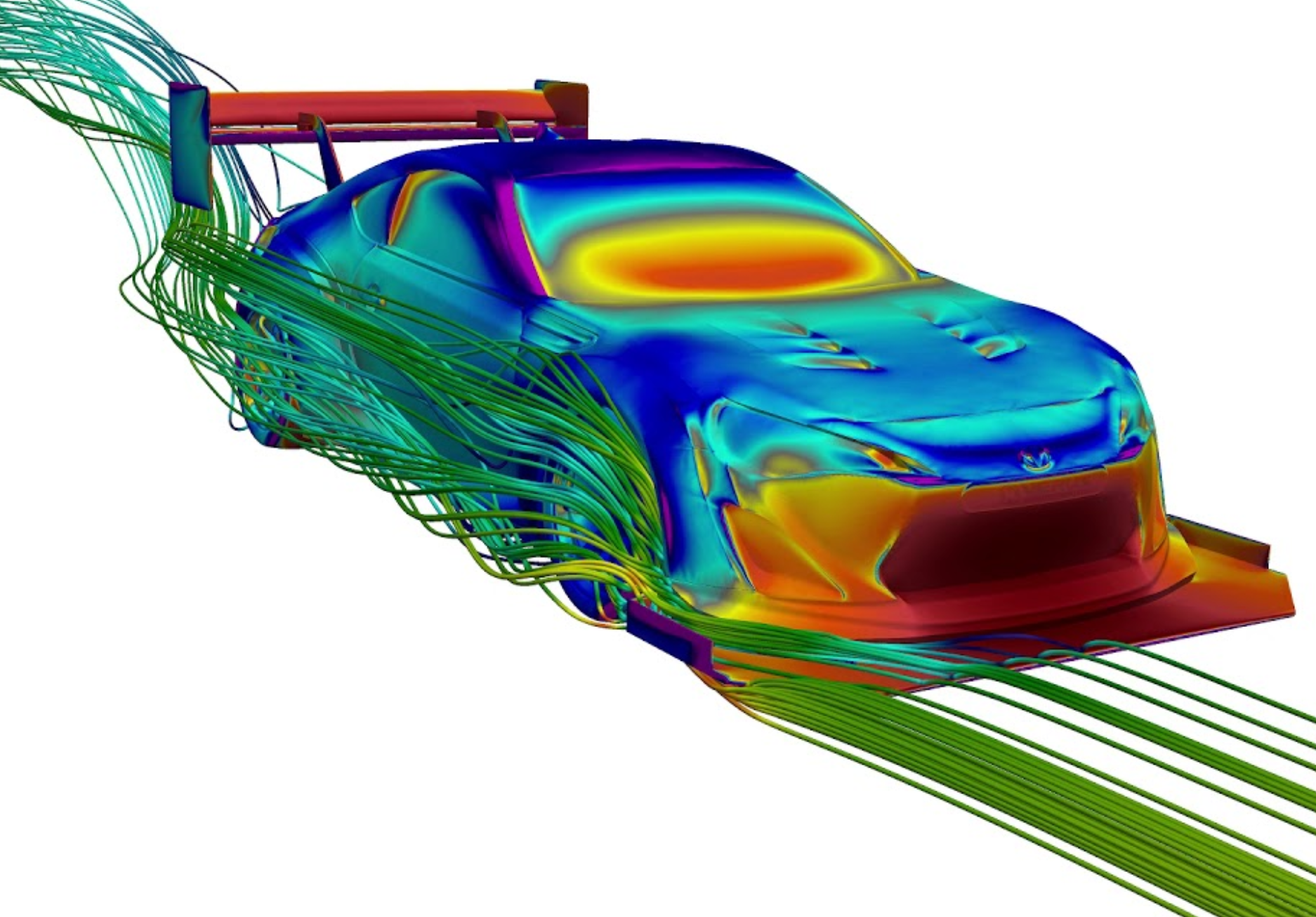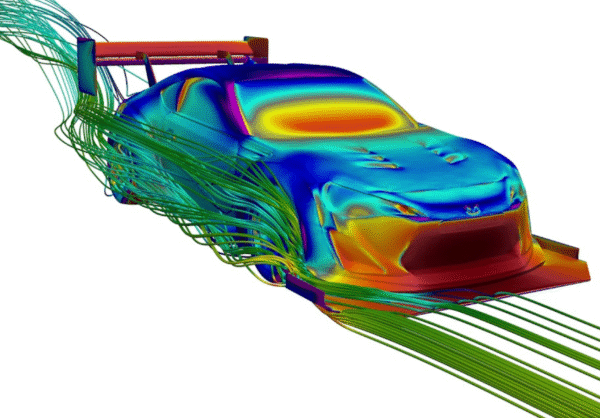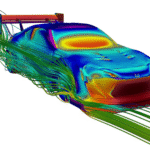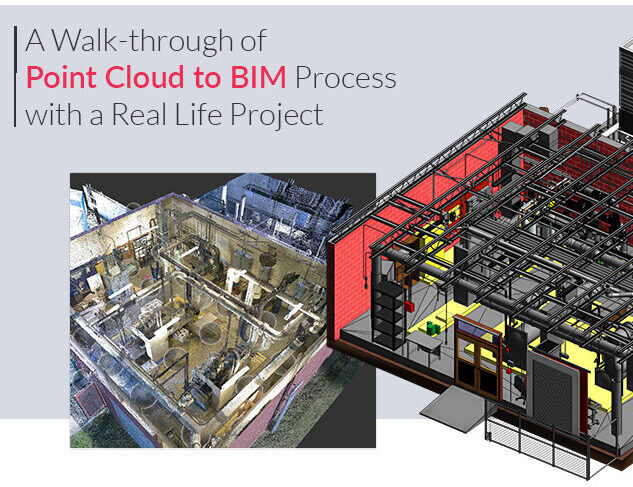Description
What is CFD Simulation?
Computational Fluid Dynamics (CFD) simulation is a numerical simulation technique that uses computational methods to describe the flow of fluids (gases and liquids) and heat transfer in engineering systems. CFD is widely applied in various fields such as:
Steps to Conduct a CFD Analysis:
- Problem Definition:
- Clearly define the objectives and requirements of the CFD analysis.
- Choose the appropriate type of CFD problem (e.g., incompressible flow, compressible flow, multiphase flow, heat transfer, etc.).
- Identify the assumptions and boundaries of the problem.
- Data Collection:
- Collect geometric data of the system to be analyzed.
- Gather material data of the components within the system.
- Collect boundary conditions and initial conditions for the problem.
- Model Building:
- Create a 3D model of the system to be analyzed using CAD software or meshing tools.
- Divide the model into small elements (such as triangles, tetrahedrons, hexahedrons) for simulating fluid flow and heat transfer.
- Input Data Preparation:
- Prepare geometric data, material properties, boundary conditions, and initial conditions for the solver.
- Select an appropriate solution method for the problem.
- Set up the solver parameters accordingly.
- Running the Simulation:
- Run the CFD simulation using the solver.
- Monitor the simulation progress to ensure the solver is functioning stably.
- Result Analysis:
- Display and analyze the simulation results in the form of images, graphs, etc.
- Draw conclusions and propose solutions based on the simulation results.
- Verification and Validation:
- Verify the accuracy of the model and simulation results by comparing with experimental data or analytical solutions.
- Validate the reliability of the simulation by varying parameters and input conditions.
- Reporting Results:
- Write a report of the simulation results, including objectives, methods, results, conclusions, and recommendations.
- Present the simulation results to stakeholders.
Applications of CFD Simulation in Automotive Design:
- Aerodynamics: Optimize the shape of the vehicle to minimize drag and maximize top speed, thereby improving fuel efficiency.
- Engine Cooling Systems: Design efficient engine cooling systems to ensure the engine operates within suitable temperature conditions.
- Exhaust Systems: Simulate exhaust gas flow to reduce harmful emissions and comply with environmental standards.
- Noise Analysis: Analyze noise generated by airflow and propose solutions to reduce noise levels.
















Reviews
There are no reviews yet.